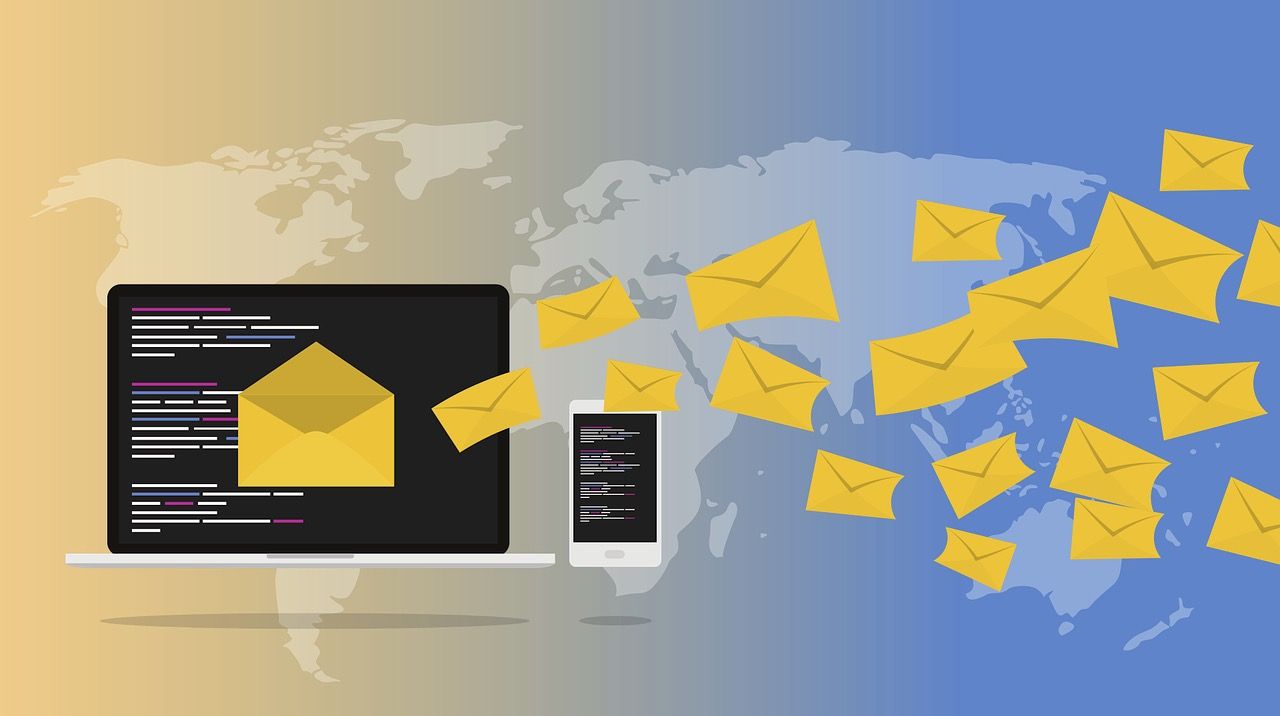
Within about a year, marketers will have to swap their cookie diets for something just as sweet and satisfying.
Google has announced that by the fourth quarter of 2022, it's phasing out third-party cookies completely. For consumers, the move promises to usher in an era of increased internet privacy. For companies, though, Google's decision could leave a hole in their marketing plans if they don't take steps today to fill it.
The good news is third-party cookies aren't the end-all, be-all of consumer data collection. First-party cookies can be just as revealing — and can foster improvements in everything from lead generation to revenue. And what better place to leverage first-party data than through in-house email subscriber channels?
Email Marketing: A Proven Source of First-Party Data Collection
Before jumping into the benefits of email marketing, let's discuss the differences between first-party and third-party data. Put simply, first-party data is data that you collect on your site through lead-collection vehicles (such as contact forms). In contrast, third-party data comes through platforms you don't control, such as Google and Facebook.
With the removal of cookies as a way to gain third-party data, you can't rely on outside sources to deliver the same number of leads. That's why first-party data is so important — it helps you fill those gaps. By focusing more of your efforts on emailing the people already in your system and getting new contacts through that channel, you don't need to rely on third-party cookies to be successful and can see incredible return on your investments.
What Are the Benefits of Email Marketing?
What makes email marketing an effective strategy in a cookieless world? First, the people who have already given you their data are probably the most likely to interact with your content. After all, they've opted in by giving you permission to send them information.
Second, email marketing is simple to track and measure. All you need is Google Analytics and a customer relationship management solution. Finally, sending marketing emails to existing contacts (i.e., your first-party data) doesn't cost much, and therefore offers great ROI. In fact, some estimates suggest that email is one of the highest-performing marketing channels. If you want to take advantage of email campaigns as third-party cookies get phased out, consider the following strategies:
1. Use incentives to gather the most first-party data you can.
It's hard to make email marketing work if you have a limited number of names on your contact list. Therefore, coordinate a push to gather the personal information of as many prospects and customers as you can.
What incentives work to encourage people to exchange their data for your content? Emphasize the idea of exclusivity. For instance, many retailers reward shoppers who give them first-party data with attractive coupons or the ability to make purchases before other buyers. Whitepapers and other types of relevant gated content can also work.
2. Segment and personalize your email marketing messages.
Have you been sending the same messages to everyone on your email list? It's time to see your audience in a new light. Let's face it: Your customers aren't all alike. They probably fit into a variety of buckets. Take time to segment them so you can refine your marketing messages.
Depending on your CRM, you might already have tons of information that you can use for segmentation. A good starting point is to explore what kind of content certain audiences seem to like. (Here's a hint: Check on open and click-through rates.) You might also want to look at what customers have purchased in the past to determine how to segment your audience and send them more personalized messages.
3. Test different email messages based on your audience segments.
Now that you've refined and defined your audiences, you'll need to approach them uniquely. Consequently, spend time creating and testing everything from your subject lines to the layout of your content to your calls to action.
In time, you'll find that testing everything will lead to even better ROI. Plus, you'll have a deeper understanding of how to engage each audience segment. As a result, you should experience a bump in responses.
Yes, third-party cookies are going away, but don't despair. Effective email marketing strategies using first-party data can be just as timely, affordable, and lucrative as advertising that relies on third-party data. And you probably have all you need in your CRM to get started and engage your audience.
Do you want to learn more about how to fill the gap once third-party cookies are gone? Contact us today.







